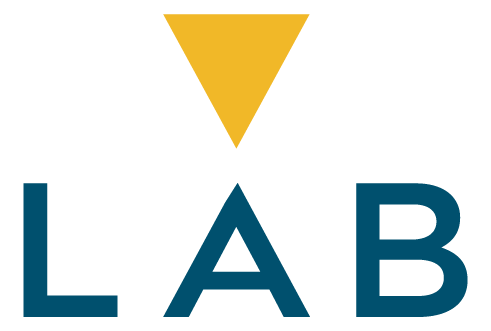Customised solutions, Online Brokers and Achieving almost 100% Electronic Identity Verification Success
A digital client onboarding process is critical for brokers that want to provide the best possible client experience and drive scalable and cost-effective customer acquisition. Effort and resources invested toward client acquisition are diluted if customers are disrupted during sign up with manual processes, increasing the likelihood of abandonment.
During the recent coronavirus induced market volatility, many of our customers experienced a large increase in new customer applications as a dip in prices drove many new traders into the share market to pounce on those buying opportunities.
The Customer
SelfWealth Ltd is an Australian owned and operated company which offers a brand-new solution to an age-old investment problem – empowering investors to make informed decisions without paying exorbitant brokerage fees.
Established in 2012, they are an online community for investors, partnering to achieve a common purpose of better returns. For the first time in Australia, investors can now access an online tool which compares their portfolio’s performance against other investors.
The Challenge
Reducing manual processing due to EIDV failures
SelfWealth utilises LAB’s online investor onboarding solutions and experienced a 350% surge in demand for their services during the coronavirus pandemic. This in turn led to an increase in the number of electronic identity verifications (EIDV) performed during this time.
Digital processes like EIDV provide a seamless investor onboarding experience and offer organisations great efficiency gains while maintaining adherence to regulatory requirements but where exceptions arise manual processes are inevitably still required. And with higher volumes, there are naturally more exceptions.
An investor will fail electronic identity verification if their personal details cannot be matched to the available electronic data sources. Typically, they will then be required to upload certified copies of their identification documents for manual review.
The need to get documents certified presented investors with an almost insurmountable challenge throughout coronavirus pandemic lockdowns. Even firms that pivoted to accept uploads of uncertified identity documents then faced the additional challenge of processing extremely high volumes of uploaded identification documentation with their own workforce decentralised and working from home.
The Solution
LAB Group analysed recent customer data and discovered that investors in younger age groups were twice as likely to fail the electronic identity check.
To solve this, we enhanced LABform to dynamically adjust the broker’s EIDV process based on age:
- those in the younger cohort were asked to provide two forms of government identification in addition to name, address and date of birth
- the existing process was maintained in the older cohort requiring just one government data source in addition to name, address and date of birth
Younger people are less likely to be on primary electronic data sources such as the electoral role. So by dynamically adjusting the application form to capture two forms of government identification we were able to leverage the Document Verification Service to boost the pass rate in the younger cohort by 100% and significantly reduce the number of applications needing manual processing.
The threshold for SelfWealth was set to optimise electronic identity verification pass rates, abandonment rates and manual process backlog. As the business drivers may be different for other customers, we always aim to be data driven to configure the most appropriate settings for each scenario and desired outcome. We also proactively monitor over time for additional incremental improvements.
The Takeaway
In this example, we see that there is no one size fits all solution. Applying the standard approach to EIDV – two independent data sources and a layer of enhanced verification (i.e. Document Verification Service or DVS) can cause a greater number of failures if applied across your whole investor base.
By dynamically adjusting the data capture and EIDV strategy it is possible to greatly reduce failure rates and the need for manual processing while minimising abandonment in other cohorts.
A brief overview of Electronic Identity Verification (EIV)
Electronic identity verification is used to match particular electronic data sources to customer details. To comply with the AUSTRAC ‘safe harbour’ rules you must verify at a minimum Name, Address and Date of Birth on two independent data sources. The AFSL may choose to apply greater rigour and additional checks as part of their KYC Program.
For example, while verifying Name, Address and Date of Birth on two independent data sources such as electoral roll and credit bureau will meet the minimum requirements, many organisations also require at least one government source such as a driver’s license, Medicare, or passport (known as the Document Verification Service or DVS).
The most common approach is to establish a ‘scorecard’ for verification against a source like electoral roll AND a government source.


